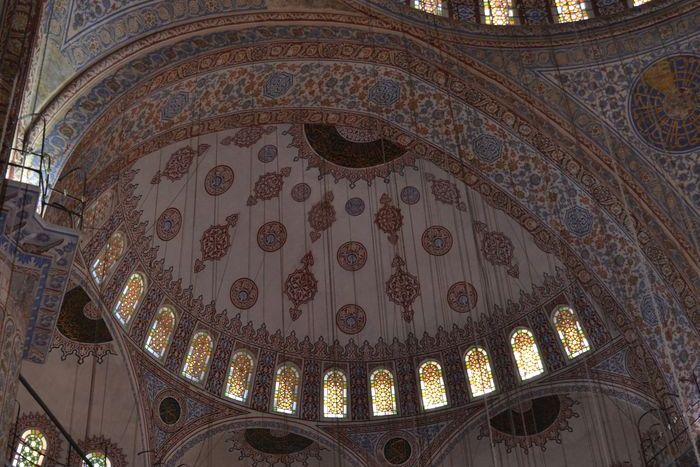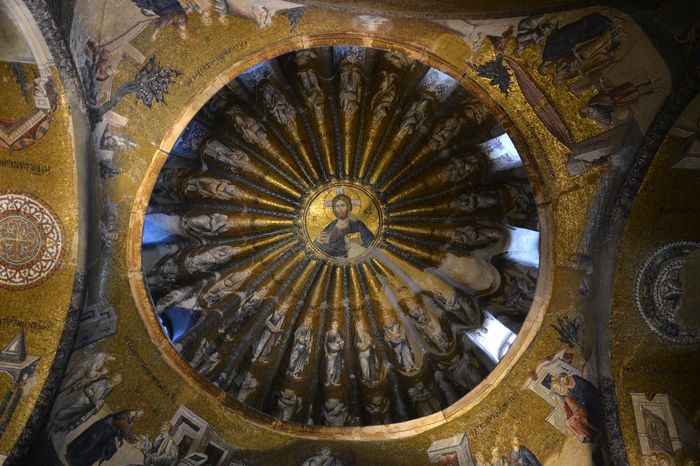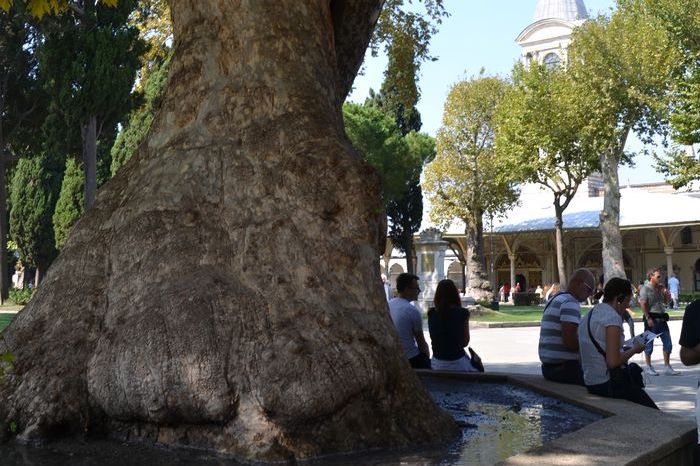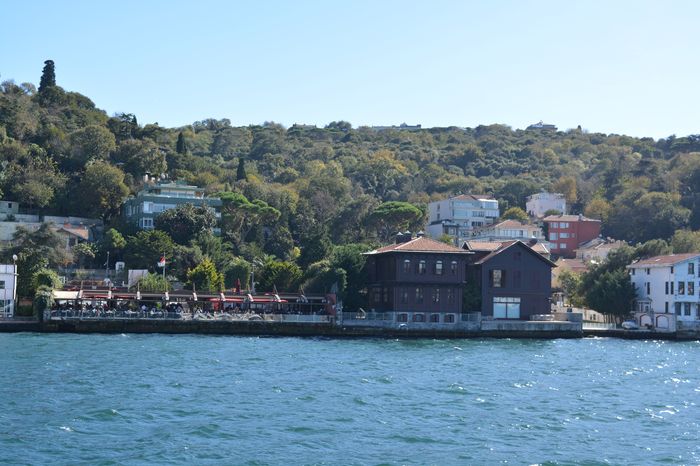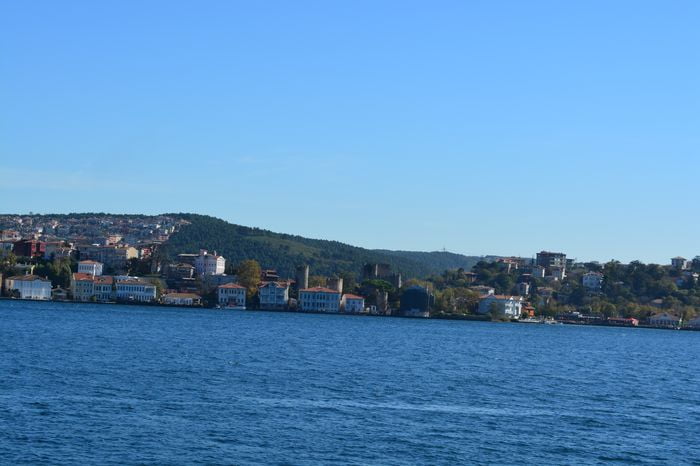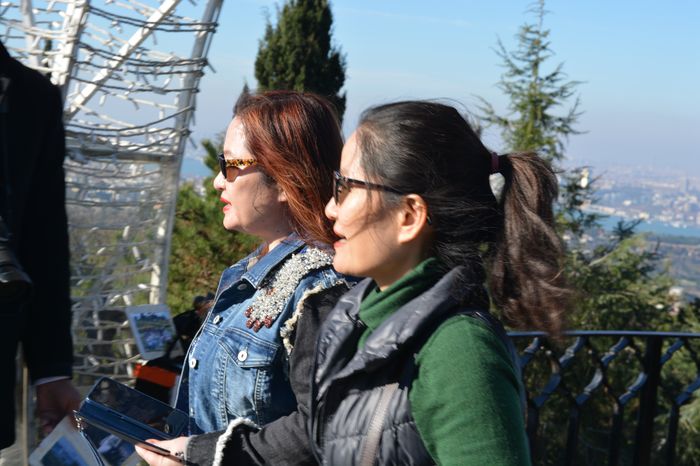Theodahad first shows up in the record in a strongly worded letter to him from Theoderic, who had to remind him that scripture says avarice is the root of all evil, then added that the royal family should be above ordinary cravings. Theodahad’s private army of thugs had evicted a junior member of the senatorial class from his own property and seized it for their lord. A few years later, a similar story: this time, higher-ranking dignitaries had been abused, when property given to them by Theoderic himself was seized, once again by Theodahad’s men. When Athalaric comes to the throne and we get a glimpse of Theodahad again, he is now described as a “man who takes no undue pride in his nobility, modest and prudent, a man who adds to the glory of anyone” who can call him a relative, including Athalaric.
Athalaric’s brief reign was similar to the first years of the young Bashar al-Assad in Syria today. Appearances continued unbroken from the reign of the deceased great king, with reasonable prospects of stability and suc¬cess, but with a glaring and potentially fatal weakness at the very top. But it was by no means clear that anything was at risk. At Rome we find an inscription from the year 533, erected by a man whose many names and ranks make clear his claim to high family: Praetextatus Salventius Vere- cundus Traianus, vir clarissimus et spectabilis (a senator, then; therefore of good family but not of the highest rank of officeholders), who memorialized a brother also named Traianus, who had served as a provincial governor, “preserving the empire” (servans imperium). There may have been people in Italy who thought the empire had fallen in 476, but there were at the same time plenty of voices describing the empire there as very much alive personal istanbul tours.
Athalaric died and legitimacy
So when Athalaric died and legitimacy and continuity were at risk, the choice fell on Theodahad, improbable as he might be. Amalasuntha could not and did not marry Theodahad, who had a wife already, Gudeliva, herself of good Gothic nobility. So in an odd royaume a trois, Amalasuntha became queen (regina), Theodahad king (rex), and Gudeliva an elegant spare tire.
It couldn’t last, and it didn’t. Within a year, Amalasuntha was dead, spirited off to imprisonment on an island in a lake in Theodahad’s part of Italy and murdered there shortly afterward. Gudeliva now appeared in the documents as queen. Theodahad, the boy who grew up in Constantinople with royal lineage, was now the ruler of Rome.
And Italy was at risk. For once in its history, as not again for many centuries, Italy became a thing, an object, a target. No Italy had existed until Rome grew up inside the peninsula, linking Latium and Tuscany, then Campania and the Sabine Mountains behind, then reaching gradually south and again north until the whole peninsula south from the Alps answered to a single legal jurisdiction and conferred a single legal status on those who lived there. By the time that happened, at the end of the republic, there was no other point of view—no Carthage, no Athens, no Troy—from which to gaze on the thing created. Vergil’s shepherds in the Eclogues, complaining about the last expropriations of land that created Rome’s realm, are among the first Italians, but they hardly knew it.
Theoderic had re-created Italy, a thing to inspire both envy and avarice. His domain and that of his successors ran beyond the mountains to north, east, and west, but those were only outlying lands. What Justinian and Belisarius saw was Italy proper, and they craved it, though they can have known little of it Procopius confines his story to wars.
They understood it mainly as a long meandering line, from Naples up the coast to Rome, then up the Flaminian Way, which is how they also understood the old Roman highway northeast through the mountains to the Adriatic coast, and from there, across the negligible Rubicon that had once divided Rome from its provinces, to Ravenna. The line might then extend west, to Pavia and Milan, but that was the farthest reach of the imagination Constantinople could manage. Of the irresistible and fertile landscapes of Umbria and Tuscany they may have heard rumors, as also of the fertile plains in the north, from the Piedmont through Lombardy to the Veneto, and of the less opulent but still resilient lands of what are now Calabria and Apulia. But their Italy was a limited thing, and they would ruin it, and thus nearly ruin all the rest of Italy besides.
